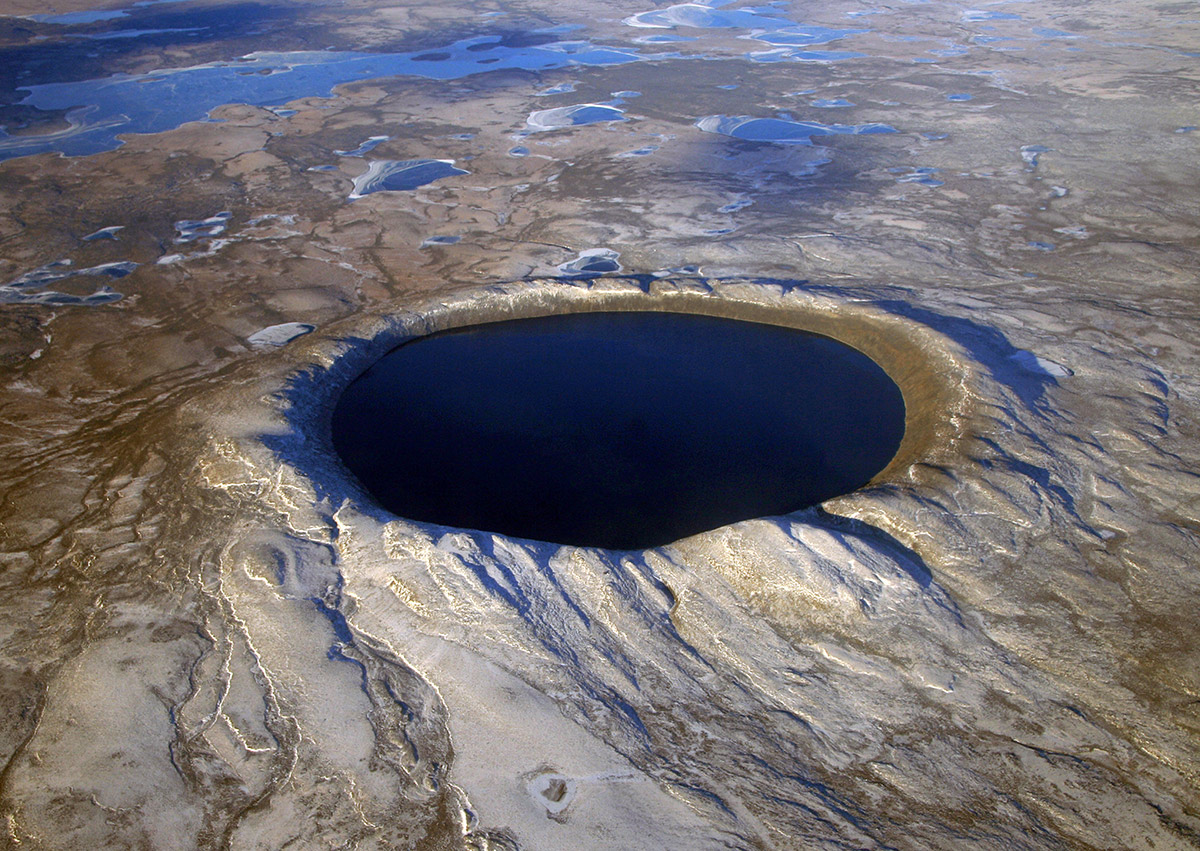An international team of researchers led by a UT associate professor will drill a 5,000 feet hole into the sprawling Chicxulub crater, believed to have been created by an asteroid impact 65.5 million years ago. The massive collision of the heavenly body with our own planet is also believed to be responsible for the wiping […]
An international team of researchers led by a UT associate professor will drill a 5,000 feet hole into the sprawling Chicxulub crater, believed to have been created by an asteroid impact 65.5 million years ago. The massive collision of the heavenly body with our own planet is also believed to be responsible for the wiping out dinosaurs besides three quarters of all life on earth.
Associate research professor Sean Gulick, who will co-lead the project, says the goal of the expedition is to recover a cross section of earth from the center of the Chicxulub crater in the Yucatan Peninsula in Mexico.
The team plans to use the rock samples thus procured by drilling to know more about the evolution of life on earth and the formation process of impact craters.
Said Gulick, “[The crater] is the only impact crater linked to a mass extinction event — therefore, it is an incredible opportunity to study how life recovered after the mass extinction. We can see the way impact craters look on other planets, but on Earth we can collect the samples and figure out fundamental things about the process that makes them possible.”
By drilling a 5,000 feet (1,500 meter) deep hole into the crater, the researchers will be able to bring up its giant core- and delve 10 million to 15 million years into the past.
Gail Christeson, senior research scientist, explained why the drilling is being proposed. “I have been involved in studying the crater for 20 years and it has been a very large effort involving universities from all over the world. We can image the crater really well using geophysical techniques, but we do not actually have samples of what we are imaging. That is what the drilling will do.”
Half of the core thus drilled will be stored at a repository at Texas A&M University for future research needs and the other half will be sent be analyzed by an international tea comprising of geologists in Germany.
This latest effort to know more about the gigantic crater in Mexico is a $10 million project and will be headed by Gulick and Joanna Morgan, both from Imperial College, London.


That is NOT the Chicxulub crater in that picture. Chicxulub is the entire gulf of mexico you dolts. How can you write a science article about something and not even bother to look it up on wikipedia?
That is NOT the Chicxulub crater in that picture. Chicxulub is the
entire gulf of mexico. How can you write a science article
about something and not even bother to look it up on wikipedia?
“international ‘tea'” ?